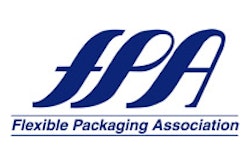This content was written and submitted by the supplier. It has only been modified to comply with this publication’s space and style.
These medicines have the potential to be harmful, even deadly, in a single dose if taken by someone other than the intended person.
The FDA recommends that these medicines be disposed of by flushing down the sink or toilet. The goal is to keep them away from children and others who could be harmed by taking them accidentally.
Medicines not listed should be thrown away in the household trash after mixing them with some unpalatable substance, such as coffee grounds, and sealing them in a bag or other container. Another option is to dispose of them through drug take back programs, if federal and state law permit.
“The safe disposal of medicines from the home after they are no longer needed is an important concern for the FDA,” said Douglas Throckmorton, M.D., deputy center director of FDA’s Center for Drug Evaluation and Research.
All medicines listed have disposal instructions in their professional prescribing information; however, this information is targeted to health care professionals. The Web page provides clear instructions for consumers on whether a medicine should be flushed or disposed of in the trash.
Throckmorton also said, “The FDA is working with other groups to improve the use of several drug disposal methods, including drug take back programs. However, for some potent medicines that can cause harm or death if inadvertently taken by family members, the FDA currently recommends flushing them down the sink or toilet to immediately and permanently remove them from the home. Simple precautions like these can reduce the likelihood of accidental and potentially dangerous exposure to unused medicines.”
The FDA worked with the White House Office of National Drug Control Policy (ONDCP) to develop the first consumer guidance for proper disposal of prescription drugs. The ONDCP federal guidelines were first issued in February 2007. The 2009 version of the federal guidelines is available at here.

























